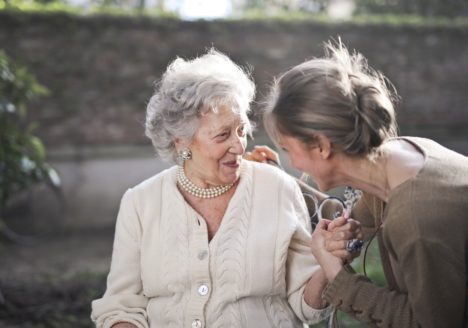Category / Case Studies / Religion and Morality
-
The Case of Jennie M: To Tube Feed or Not
Jennie has an advance directive which does not address artificial nutrition. Who makes this decision now that Jennie can’t speak for herself?
-
The Case of Jesse, Unrepresented and Homeless
A 60-year-old homeless man, “Jesse,” is found confused and in distress by a passerby who calls 911. Paramedics bring the man to the hospital. Jesse’s feet and legs are swollen and covered in ulcers and dead tissue—diagnosed as osteomyelitis, or infection of his legs.
-
The Case of Sepsis in a Newborn
The “Clinical Moment” in Short Bowel Syndrome: What Can We Do, What Should We Do?
-
The Case of Teresa: Patient Vulnerability from a System’s Failure to Protect
A framework of general strategies to help vulnerable persons should explore responses that will help individual patients, improve professional and organizational responses to vulnerable patients, and mitigate the negative effects of public policies that affect vulnerable persons.
-
Case Study: Theresa – I Don’t Pray, I Paint
A person choosing to deal with difficult times in their own way.
-
The Case of Sheila and Nick: Medical and Ethical Experiences at the VA
A play written with the purpose of dramatizing healthcare in society.
-
The Case of Megan and Ken: Confidentiality of a Diagnosis
The last five years have been difficult for Megan and Ken, their relationship held together through their commitment to get the children launched before going their separate ways. To others who know them, they are a model all-American family. Ken is a successful insurance executive; Megan is completing her master’s degree in social work.




